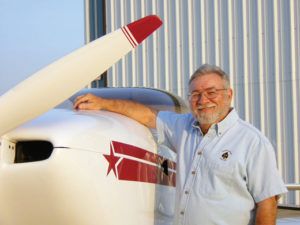 Question: In the December 2016 issue, you mentioned that the option to convert “heavy ultralights” to ELSA 21.91(i)(1) expired in January of 2008. My question is what is a heavy ultralight, and why would one want to convert it to ELSA anyway?
Question: In the December 2016 issue, you mentioned that the option to convert “heavy ultralights” to ELSA 21.91(i)(1) expired in January of 2008. My question is what is a heavy ultralight, and why would one want to convert it to ELSA anyway?
Answer: Generally, what we mean by heavy ultralights is ultralights that do not meet the rule as a true ultralight. Most of the ultralights that were out there did not meet FAR 103, in that they were too heavy (over the 254-pound empty weight limit), carried too much fuel (more than five gallons), or had seating for more than one person. These aircraft could be grandfathered into Experimental Light Sport until January 31, 2008.
The two-seat models could even be used for flight training and/or towing ultralight gliders. Actually, a “true” ultralight could not be converted. FAR 191(i)(1) states that to be converted, the aircraft must not meet the provisions of FAR 103.1.
Follow-up Question: Thank you for answering my question. While awaiting your reply, I continued to ask around regarding why one would want to convert a heavy ultralight to ELSA. One person said it was because a pilot could then fly the heavy ultralight as a Sport Pilot with a driver’s license. If this is true, to fly a two-seat Challenger, for example, one would need a private pilot license and third-class medical if it had not been converted to ELSA prior to the deadline. Is this correct?
Answer: Not quite. Since the two-seat Challenger meets the parameters of LSA (FAR Part 1 1.1), it could be flown by a Sport Pilot. However, the aircraft would have to have some kind of certification. This would typically be in the Experimental/Amateur-Built or Experimental Exhibition category.
Remember, a Sport Pilot may fly any aircraft that meets LSA parameters regardless of its category.
Before Light Sport, the limitation to fly an uncertificated two-seat Challenger would be an ultralight instructor. And then, he could only fly it while giving instruction. In other words, he could not fly it recreationally.
Question: From Dave Martin’s March 2012 KITPLANES article, “Understanding Experimental Light Sport Aircraft,” am I correct that if I were to build an RV-12 ELSA, I would have to attend the 16-hour annual inspection course even though I’m an A&P licensed mechanic?
Answer: I went back and reread the article and could not find anything saying that an A&P could not perform the condition inspection required on ELSA aircraft. Dave’s comment was to emphasize that, unlike Experimental/Amateur- Built, subsequent owners of ELSA aircraft are able to complete a class and be eligible for the repairman certificate.
The operating limitations issued to ELSA aircraft contain the following paragraph:
“An Experimental LSA owner/operator certificated as a repairman for this aircraft under part 65.107, an appropriately rated FAA-certificated mechanic, or an appropriately rated FAA repair station may perform the condition inspection required by these limitations.”
Since you are an “appropriately rated FAA-certificated mechanic,” you meet this requirement. I hope this clears up the issue.
Please send your questions for DAR Asberry to [email protected] with “Ask the DAR” in the subject line.








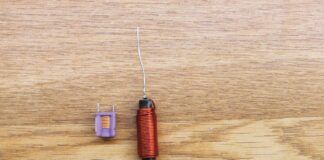
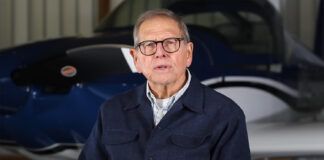
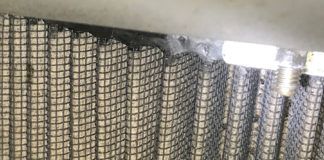
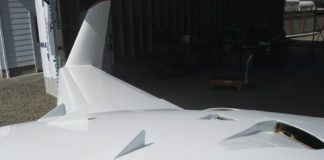
I have known a few people who have taken a “heavy ultralight” and disassembled it, then rebuilt it and registered it as an EAB.